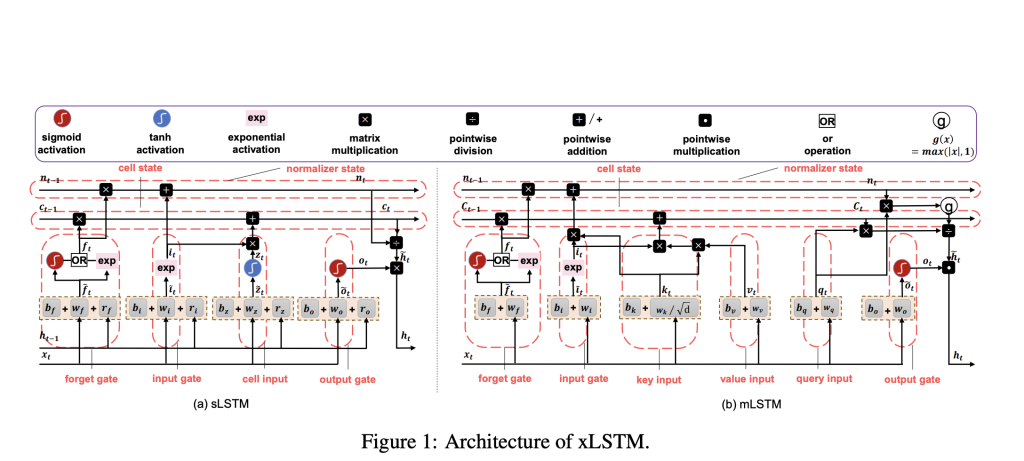

Knowledge Tracing (KT) plays a crucial role in Intelligent Tutoring Systems (ITS) by modeling students’ knowledge states and predicting their future performance. Traditional KT models, such as Bayesian Knowledge Tracing (BKT) and early deep learning-based approaches like Deep Knowledge Tracing (DKT), have demonstrated effectiveness in learning student interactions. However, recent advancements in deep sequential KT models, such as Attentive Knowledge Tracing (AKT), have increasingly prioritized predictive performance over practical applicability and comprehensive knowledge modeling. These models often face fundamental challenges, including limited parallel computing efficiency, difficulties modifying stored knowledge, and restricted storage capacity. Additionally, many deep KT models rely on future interactions, which are typically unavailable in real-world applications, limiting their usability. Addressing these challenges is critical to enhancing KT models’ scalability, interpretability, and effectiveness in large-scale educational systems.
Existing KT models utilize deep learning-based architectures to forecast student performance, with models like DKT utilizing Long Short-Term Memory (LSTM) networks to learn the dynamics of learning. Although attention-based models such as AKB use attention mechanisms to improve long-range dependencies, they take future responses as input, rendering them not applicable in real-world scenarios. Deep sequential models also suffer from parallelization and memory issues, which lowers their efficiency in working with large-scale datasets. Other methods, including graph-based and memory-augmented models, are usually not interpretable, meaning they cannot provide useful insights into the student’s learning process. These shortfalls result in a gap between theoretical breakthroughs and practical applications, where an even more scalable, interpretable, and efficient KT model is needed.
Researchers from Zhejiang University propose DKT2, a novel deep learning-based KT framework that leverages the xLSTM architecture to overcome the limitations of previous methods DKT2 is different from earlier models as it uses the Rasch model to improve input representation and incorporates Item Response Theory (IRT) for enhanced interpretability. By identifying familiar and unfamiliar knowledge, DKT2 offers a better representation of the state of learning in students. The use of xLSTM resolves the limitations of classical LSTMs through revisable storage decisions, increased memory capacity, and full parallelization, resulting in greater scalability and efficiency. The innovation allows the model to maintain robust applicability while providing better predictive accuracy than its counterparts.
DKT2 adopts a systematic learning pipeline with Rasch embedding to record student-question interactions and include difficulty levels for better input representation. The xLSTM blocks use sLSTM and mLSTM to facilitate better memory retention, parallelization optimization, and dynamic knowledge updating. The IRT prediction and knowledge decomposition module separates familiar and unfamiliar knowledge to enable more interpretable knowledge tracing. Integrated knowledge fusion fuses historical knowledge states and predicted questions to create a comprehensive overview of student learning progress. The model is trained with binary cross-entropy loss and evaluated on three large-scale datasets—Assist17, EdNet, and Comp—to ensure robustness in real-world ITS applications.
Extensive experiments on three large-scale datasets demonstrate that DKT2 consistently outperforms 17 baseline models across multiple prediction tasks, including one-step, multi-step, and varying-history-length predictions. It achieves higher accuracy, AUC, and lower RMSE compared to deep sequential models like DKT and attention-based models like AKT. The integration of xLSTM enhances parallelization and memory capacity, mitigating error accumulation in multi-step predictions, while the Rasch model and IRT improve interpretability by effectively distinguishing familiar and unfamiliar knowledge. An ablation study confirms that each component of DKT2 contributes significantly to its superior performance, particularly mLSTM, which is crucial for scalability in large-scale datasets. These results establish DKT2 as a robust and applicable solution for real-world Intelligent Tutoring Systems.
DKT2 is a breakthrough in knowledge tracing by combining xLSTM, the Rasch model, and IRT to achieve a perfect balance between prediction accuracy and real-world usability. Through interpretable knowledge state generation and parallelized, memory-saving learning, the method guarantees scalability and improved personalization in ITS applications. Areas of future work include extending DKT2’s applicability to ultra-large datasets and improving its multi-concept prediction ability to better support adaptive learning systems.
Check out the Paper. All credit for this research goes to the researchers of this project. Also, don’t forget to follow us on Twitter and join our Telegram Channel and LinkedIn Group. Don’t Forget to join our 70k+ ML SubReddit.
 Meet IntellAgent: An Open-Source Multi-Agent Framework to Evaluate Complex Conversational AI System (Promoted)
Meet IntellAgent: An Open-Source Multi-Agent Framework to Evaluate Complex Conversational AI System (Promoted)
The post From Deep Knowledge Tracing to DKT2: A Leap Forward in Educational AI appeared first on MarkTechPost.
Source: Read MoreÂ




